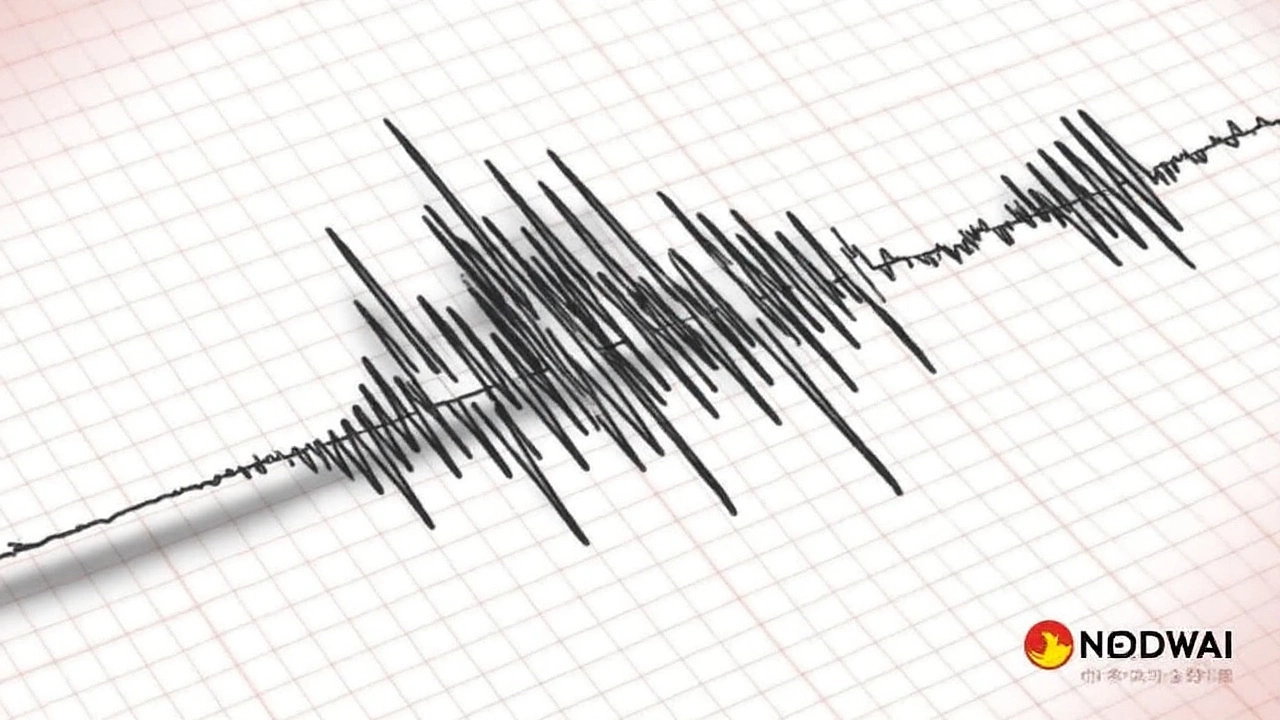
Northeast India Earthquake – What You Need to Know
Welcome to the September 2025 archive of Jabin College Library Info. This month we only have one breaking news story, but it’s big enough to deserve a quick full‑run. On September 14 a 5.8 magnitude earthquake rocked the northeastern states of India, with the epicenter in Udalguri, Assam. Below we break down what happened, why it matters, and what you can do if a similar tremor hits your area.
What happened on September 14, 2025?
At 4:41 pm Indian Standard Time the ground started shaking in Udalguri, a district in western Assam. The USGS recorded a shallow 5.8 magnitude quake, which felt like a strong rumble that sent people out of offices and homes. The tremors spread quickly to nearby Arunachal Pradesh and even reached parts of Manipur. Witnesses described windows rattling, lights flickering, and a brief sense of panic.
Local authorities acted fast. Police and disaster response teams were on the streets within minutes, checking buildings and helping anyone who was stuck. Luckily, there were no reports of serious injuries or major structural damage. Some older houses showed minor cracks, but overall the damage was light. The government has promised a detailed safety inspection in the weeks ahead.
Why this region is prone to earthquakes
Northeast India sits on the active boundary between the Indian Plate and the Eurasian Plate. The collision creates a network of fault lines that constantly release stress in the form of quakes. The Assam‑Arakan basin, which includes Udalguri, has a long history of seismic activity. Smaller tremors in late August were a warning sign that stress was building up, and the September event was the release.
Scientists say the area’s geology makes it a high‑risk zone. The Himalayan uplift, the Brahmaputra River’s alluvial deposits, and the nearby Shillong Plateau all add complexity. Because the faults are relatively shallow, even moderate quakes can feel strong on the surface. Researchers at the Indian Institute of Technology Guwahati are already monitoring the aftershock pattern to predict any further movement.
For students and researchers, this event highlights why studying regional geology is crucial. Our library has added new resources on plate tectonics, seismic risk assessment, and disaster management specific to the Indian subcontinent. You can find e‑books, journal articles, and case studies that dive deeper into why earthquakes happen here and how communities can prepare.
If you live in an earthquake‑prone area, a few simple steps can keep you safe. Keep heavy furniture anchored, know how to “Drop, Cover, and Hold On,” and have an emergency kit with water, food, and a flashlight. After a quake, check for gas leaks, broken glass, and structural damage before re‑entering buildings.
That’s the full story for September 2025. While the quake caused only minor inconvenience, it serves as a reminder that natural hazards can strike without warning. Stay informed, use the library’s resources, and make a personal safety plan. Got more questions? Drop a comment or visit our research help desk for guidance on finding the right material.
